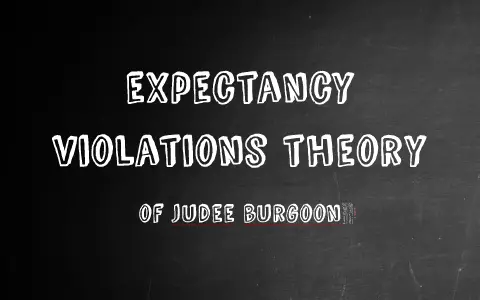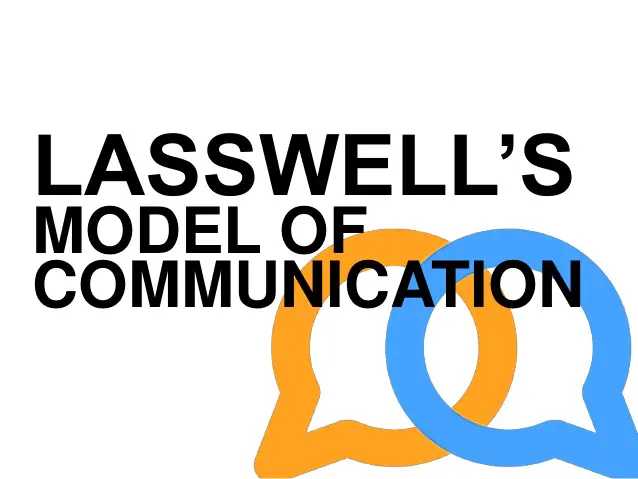Barnlund Transactional Model of Communication
Dean Barnlund developed Barnland transactional model communication in 1970 to help interpret interpersonal communication, emphasizing that sending and receiving messages happens at once between two people.
The model has multiple layers and is a feedback system. Both parties provide constant feedback. Barnlund’s model is made up of public, private, and behavioral cues.
Public cues are those that are in the environment or can be man-made.
Private Cues include senses and can be verbal or non-verbal, while behavioral cues are concerned with behavior and can also be verbal and non-verbal.
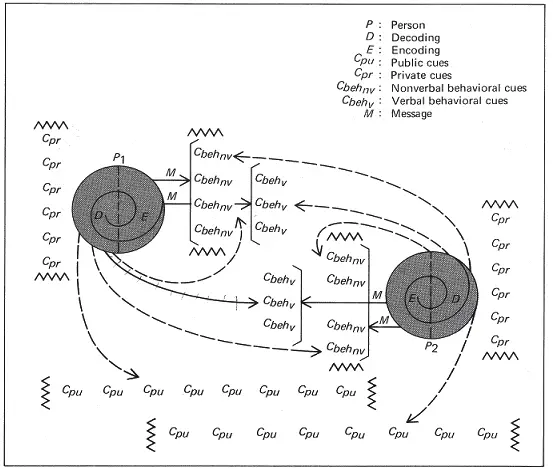
Barnlund’s Transactional Model of Communication states that giving and receiving messages are reciprocal. This means that both communicators (the sender and the receiver) are responsible for the communication’s effect and effectiveness. People do not merely send meaning from one to the other then back again. They need to build a shared purpose of the message.
Besides, verbal and non-verbal behavioral cues, the environment, and noise are a part of the message. Barnlund broke down communication into two types: interpersonal (encoding and decoding messages within oneself) and intrapersonal (encoding and decoding messages with another). Furthermore, he established seven communication Assumptions.
Barnlund Transactional Model of Communication Assumptions
- Communication is dynamic
- Communication is continuous
- Communication is circular
- Communication is unrepeatable
- Communication is complex
- Communication is irreversible
It is a shared understanding of the information expressed and exchanged in reaching mutual meaning regardless of human-human or human-computer interaction. It is a continuous process in which the roles of the sender, receiver, and the message in the interaction unfold.
Barnlund Transactional Model of Communication model describes ‘transaction’ as the ongoing and continuously changing communication process that is on sending and receiving messages is reciprocal as shown below.
💥🎁 New Year & Easter Deals On Amazon !
Don't miss out on the best discounts and top-rated products available right now!
🛒 Shop Now and Save Big Today!*As an Amazon Associate, I earn from qualifying purchases.
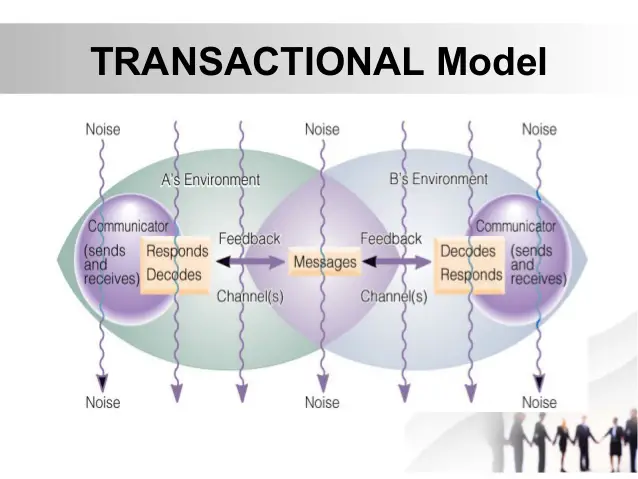
The communicators (the sender and receiver) are responsible for the effect and effectiveness of the communication. They need to build a shared meaning of the message as each communicator acts as both sender and receiver simultaneously.
In the model, verbal and non-verbal behavioral cues, communication environment, and noise are parts of the message. Each communicator reacts depending on their background, prior experiences, attitudes, cultural beliefs, and self-esteem.
According to Barnlund’s Transactional Model of Communication, people communicate to create a relationship, form intercultural alliances, shape their self-concepts, and engage with others in dialogue to develop communities. In short, this model considers how social, relational, and cultural contexts frame or influence the communication process as well.
Compared to the linear communication models, this model’s difference is that the transactional model acknowledges the circular nature of communication that is endless. The sender and receiver, vice versa, continuously or simultaneously change their role depending on the communication. This improves communication between two parties rather than a one-way linear model that does not represent the nature of communication in real life.
This is vital in such an online written interaction context, especially it is in an academic setting. It is a dynamic model that shows how a situation can change, which reflects communication is not generally one-sided merely.
This model also does not separate between sender and receiver, as both sender and receiver are the same people that it is an essential part of communication. This is because communication moves circularly, especially in online written interaction.
It is a more active communication model rather than the linear model that its receivers are assumed passive. This is because Transactional Model emphasizes the feedback feature to be central to the communication model.
In particular, in this model, the relationship between sender and receiver governs the communication model, such as they construct meaning that leads to developing relationship.
However, the context is a combination of the channel and noise during the communication that turns into a significant influence on how distortion the message would be received and the response.
💥🎁 New Year & Easter Deals On Amazon !
Don't miss out on the best discounts and top-rated products available right now!
🛒 Shop Now and Save Big Today!*As an Amazon Associate, I earn from qualifying purchases.
For example, while Learner A is interacting, Learner B constantly gives feedback on what they think through virtual or textual expression (or verbal feedback in face-to-face interaction) without necessarily stopping Learner A from interacting.

Such context and the various combinations that may occur combined with the different types of noise play a subtle role in influencing communication, leading to miscommunication or distorted message content.
It shows that the elements in this model of communication are interdependent as in online written interaction, learners would keep exchanging messages with other learners and every component of a communication process (sender, encode, message, channel, receiver, decode, noise and feedback) which would affect their interaction.
This reflects that this continuous two-way communication process, the Transactional Model, is parallel with online written interaction in an academic setting. It is in line with the asynchronous concept and active communication between communicators and the learners (senders and receivers).
Yet, as this communication is instant and continuous, this communication model is meaning-centered. Both sender and receiver (learners) must understand the other’s codes to achieve effective communication in which they shared meaning that leads to an effective teaching and learning session among them.
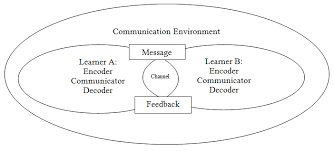
3 Types of Noise Factors:
Physical Noise-These are external interferences to both the sender and receiver of the message and include loudspeakers, loud kids, or a loud party.
Physiological Noise– These are barriers that can be caused by the sender or receiver and include things like talking too fast mumbling, or lack of pauses in a conversation.
💥🎁 New Year & Easter Deals On Amazon !
Don't miss out on the best discounts and top-rated products available right now!
🛒 Shop Now and Save Big Today!*As an Amazon Associate, I earn from qualifying purchases.
Psychological Noise
This is the noise that is caused by mental interference either on the speaker or receiver’s side. It can be caused by wandering thoughts, assumptions, or sarcasm.
Advantages and Disadvantages of Barnlund’s Transactional Model of Communication
Advantages of Barnlund’s Transactional Model of Communication
- Barnlund’s Transactional Model captures the shared field experience of the sender and receiver.
- The transactional model takes into account the aspects of message feedback.
- The model also considers barriers to communication like noise.
Criticisms or Disadvantages of Barnlund’s Transactional Model of Communication
- Barnlund’s Transactional Model is quite complex.
- Both the sender and receiver must understand the codes sent by the other. So they must each possess a similar “codebook.”
